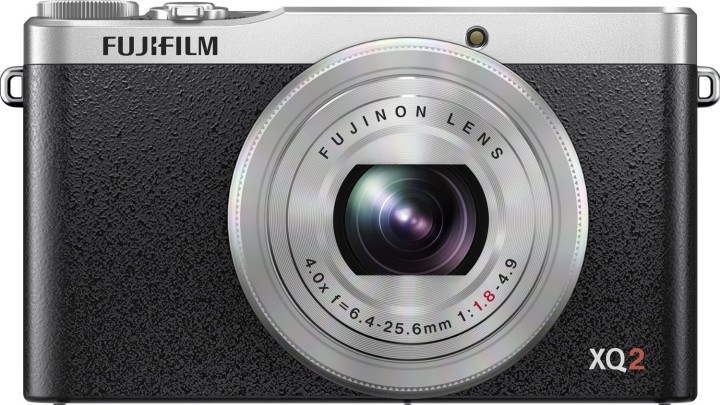The beginning of 2015 saw no rest for the rumour mill as talk of a new entry-level interchangeable Fujifilm camera began to spread across the web. Now, only two weeks into the new year, we discover that the rumours were true, though instead of updating the X-M1, Fujifilm has opted to the replace the cheapest X series camera, the X-A1.

The Fujifilm X-A2 is the camera company’s first serious foray into the world of selfies with its brand new 175 degree tilt screen. To facilitate selfie taking, the camera activates a new Eye-Detection AF mode when the screen is flipped up.
There are also two other new AF modes on the X-A2. The first is Multi-Target Multi AF (also found on the X100T), which adjusts the autofocus settings according to the subject, and the second, Auto Macro AF.
Auto Macro AF in particular should work well with Fujifilm’s second announcement, the XC 16-50mm F3.5-5.6 OIS II kit lens. It is the updated version of the previous 16-50mm with 12 elements in 10 groups with 3 aspherical elements, 1 ED element and 7 rounded diaphragm blades. The only difference is that it has a minimum working distance of 15cm (about half the minimum focus distance of most kit lenses), giving beginners the chance to dabble in macro photography at a reasonable price. What’s more, with the lens being lighter and more compact than most other X series lenses, it is a good fit for the company’s entry-level models.

The 16-50mm isn’t the only lens Fujifilm has updated. There is also the new XC 50-230mm f/4.5-6.7 OIS II. It too retains the specs of the previous version but has a smaller and lighter build and better image stabilisation of about 3.5 stops.

With these two kit lenses, we can say that the needs of most greenhorn photographers are covered.
Coming back to the camera, the X-A2 also includes the Classic Chrome film simulation mode found on the X30 and X100T. Everything else remains pretty much unchanged, from the 16MP CMOS sensor (not X trans), EXR Processor II, 3-inch 920k screen, and one-touch wireless capabilities to the various external controls for shutter speed, aperture and exposure, the full range of Film Simulation modes, and pop-up flash.
The Fujifilm X-A2 (in black or brown) and two new lenses will be available from March 2015.
Along with the X-A2, Fujifilm also announced the XQ2, the updated version of its popular premium compact.

How does it differ from the XQ1? In fewer ways than you can count on one hand. These include an updated lens construction, the above-mentioned Multi-Target AF Mode, Classic Chrome and movie scene recognition.
As for significant characteristics that remain the same, we have the 12MP 2/3″ X-Trans CMOS II Sensor with EXR Processor II, 4x Optical Zoom (25-100mm) F1.8-4.9 lens, 3-inch, 920,000-dot display, the control ring around the lens, and wireless connectivity.
Whether the XQ2 will pique the interest of the masses is yet to be seen. It is true that it has a larger sensor than similarly priced premium compacts such as the G16 and LX7 but anyone willing to shell out $400 for a compact camera probably has the likes of the RX100 iii or G7X, or even Fuji’s own X20 or X30 on his or her radar as well, all of which have much faster zooms at the longest focal length. That said, many Fujifilm users rave about the X-Trans sensor, so that may be enough to tip the scale in the XQ2’s favour.
To be honest, neither of these cameras offer particularly exciting upgrades. But 2015 has only just begun and we are confident that Fuji will surprise us with some interesting new gear later on in the year!
The Fujifilm XQ2 will be available in black, black with silver accents and white in March 2015.
What are your thoughts about the brand new X-A2 and XQ2? Let us know in the comments section below!







